Lehman Brothers collapse: where are the key figures now?
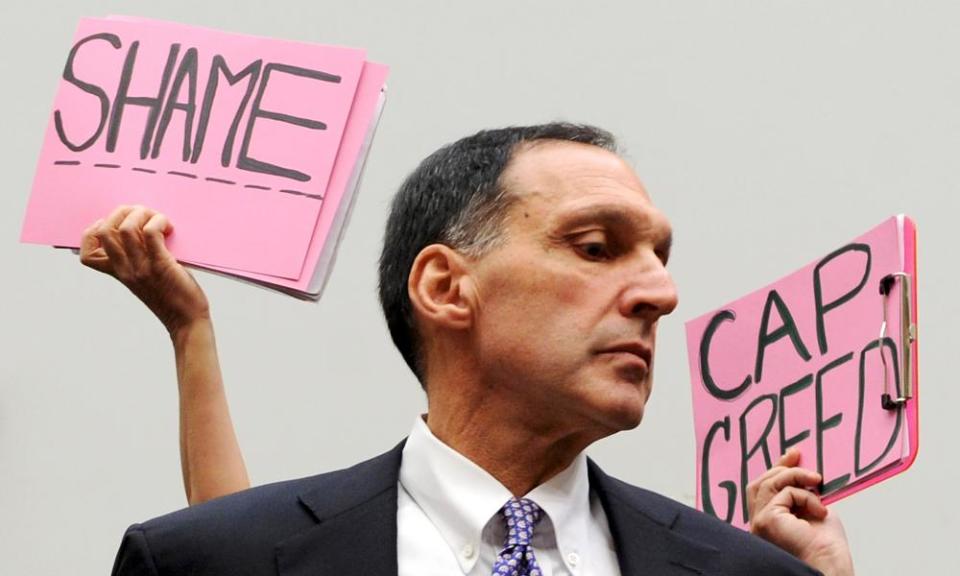
Ten years ago this weekend Lehman Brothers crashed into bankruptcy – the biggest corporate failure in history – and sent the world’s financial system reeling close to collapse, causing panic among policymakers on both sides of the Atlantic. The US government was forced into a $700bn (£540bn) bailout of the banking sector, while in the UK, Lloyds Bank rescued HBOS and the government was then forced to rescue Lloyds and Royal Bank of Scotland.
A decade on, what has happened to the key players involved in the financial crisis and its aftermath?
THE LEHMAN TWO
Dick Fuld
Then: Lehman Brothers chief executive
Now: runs Matrix Private Capital, which offers investment advice to “high-net-worth” clients
In 2009 Fuld sold an apartment in Manhattan for $25m and a collection of art for $13.5m
Fuld ran Lehman for 14 years before the bank collapsed and was paid about $500m over the last eight years of that period. The man nicknamed “the gorilla” has repeatedly blamed the government, regulators and unfounded rumours for Lehman’s death while admitting few mistakes. The bank’s staff, however, blamed the Gorilla and in a grilling on Capitol Hill a congressman described him as “the villain”.
In 2009 he sold an apartment in Manhattan for $25m and a collection of art for $13.5m but he still has a number of luxury properties dotted around the US. Now aged 72, Fuld has made a comeback as the head of New York-based Matrix Private Capital, and the “key wealth centres” of Los Angeles and Palm Beach in Florida. In a rare public appearance in 2015 he said: “Whatever it is, enjoy the ride. No regrets.”
Erin Callan
Then: ousted Lehman chief financial officer
Now: retired
A former lawyer, Callan had a meteoric Wall Street career, joining the bank in 1995 and becoming its finance chief in late 2007. For a while her super-positive style helped reassure investors but Fuld fired her two months before the bankruptcy. Callan was widely criticised in the aftermath of the collapse for being underqualified to run the finances of a major investment bank as she did not have even basic accounting qualificiations. She was slammed in a bankruptcy court report for ignoring “ample red flags” and using misleading gimmicks to bolster Lehman’s balance sheet by $50bn.
Callan worked briefly for Credit Suisse before going on leave and not returning. In her self-published 2016 memoir, Full Circle, Callan revealed she took an overdose of sleeping pills in December 2008. In the book she said she regretted putting her career before personal relationships. Aged 52, she now lives in New York and Florida with her retired firefighter husband and daughter.
THE US OFFICIALS
Ben Bernanke
Then: chairman of the US Federal Reserve
Now: adviser to the vast Pimco investment business and the $30bn Citadel hedge fund – and a visiting fellow at the Brookings Institution
Bernanke missed the warning signs of the looming financial crisis but, a student of the Great Depression, he acted decisively after Lehman’s failure. He led the Fed in cutting interest rates to zero and, in concert with other central banks, launched quantitative easing to pump electronic money into the economy in a bid to prevent the worst recession of the postwar era turning into a second great depression.
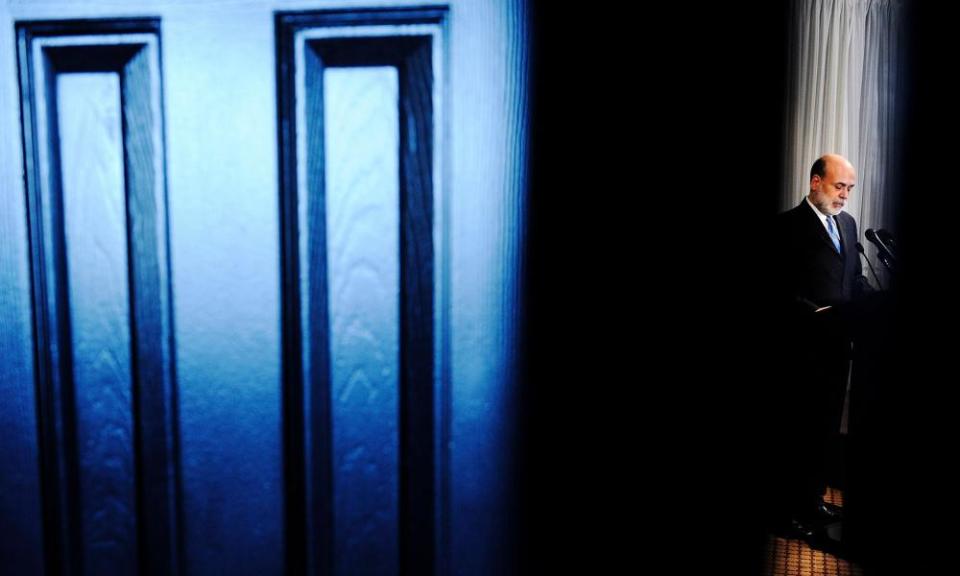
Since leaving the Fed in 2014 Bernanke has been a visiting fellowat the Brookings Institution thinktank. Now 64, he is also an adviser to Pimco, the giant US bond fund, and Citadel, a hedge fund – appointments he has acknowledged raise concerns about the revolving door between the Fed and the financial sector.
Henry “Hank” Paulson
Then: US Treasury secretary
Now: chairman of University of Chicago’s Paulson Institute
As Lehman descended towards bankruptcy, Paulson was adamant the bank should not be rescued. Stung by criticism of the Treasury’s support for other failing financial companies, Paulson said he did not want to be seen as “Mr Bailout”.
Paulson, the former boss of Goldman Sachs, was already wealthy when he became a public servant. After leaving the Treasury in 2009 he founded the Paulson Institute, which supports sustainable growth and US-China investment, and the Aspen Economic Strategy Group, a forum for luminaries to discuss the US economy.
Paulson has been a severe critic of Trump
Paulson has been a severe critic of Trump. Before the 2016 US election he penned an excoriating attack for the Washington Post, saying Trump represented “a brand of populism rooted in ignorance, prejudice, fear and isolationism”. He also questioned Trump’s business acumen and accused the billionaire of flaunting and exaggerating his wealth.
In July, at an event with Bernanke and Tim Geithner, Paulson also warned of the dangers of watering down new laws designed to prevent another banking crisis – notably the Dodd-Frank law passed after the financial crisis to tighten regulation on big “sytemically-important” banks. “It is important that people focus on the lessons,” Paulson said. “We are not sure people remember everything they need to remember.”
Tim Geithner
Then: president of the New York Federal Reserve
Now: president of private equity firm Warburg Pincus
As boss of the New York Fed, Geithner was another of the officials who decided to let Lehman collapse, although he has since criticised Paulson for revealing the plan to senior bankers in advance. When Barack Obama was elected in November 2008 Geithner was appointed Treasury secretary. In four years at the Treasury Geithner was criticised for being too close to Wall Street and for targeting deficit reduction over cutting unemployment. Geithner, 57, now holds an array of top jobs, including president of the private equity firm Warburg Pincus, visiting lecturer at Yale University and board member of International Rescue Committee, the humanitarian relief organisation.
THE UK POLITICIANS
Gordon Brown
Then: prime minister
Now: UN special envoy for global eductation
In 2004, as chancellor, Brown lavished praise on Lehman Brothers at the opening of the bank’s new headquarters in London. He also advocated “light touch” regulation for the City. However, when Lehman went down, Brown ordered a bank rescue that became a model for shoring up financial systems.
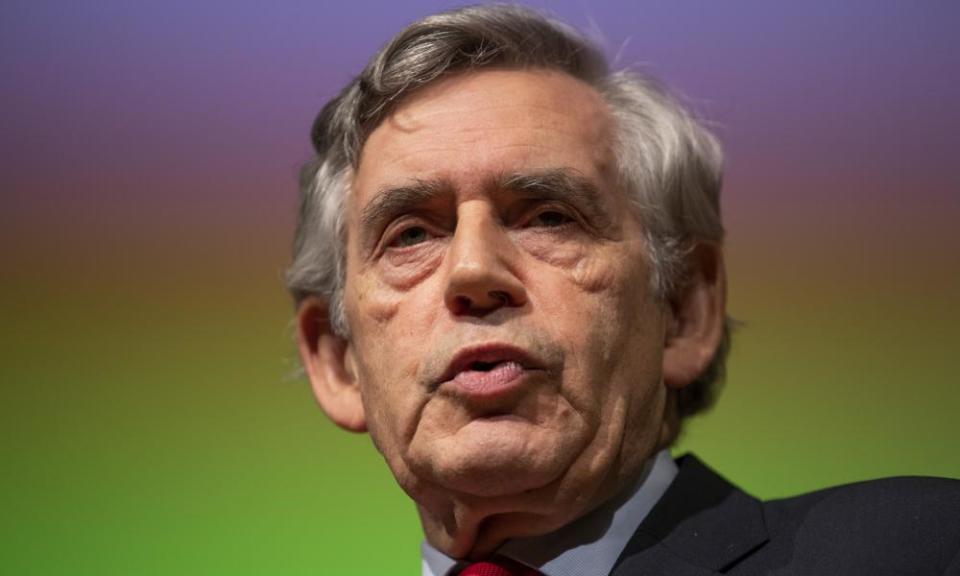
Now 67, Brown is the UN’s special envoy for global education and campaigns on child poverty. Like Bernanke he is an adviser to Pimco but Brown says he makes no money from private sector work, using it to pay for his staff, with the rest going to charity. He occasionally steps into UK politics, campaigning against Scottish independence in 2014 and calling for an end to Labour’s antisemitism controversy.
Alistair Darling
Then: chancellor of the exchequer
Now: director of Morgan Stanley
Darling vetoed Barclays’ attempt to buy Lehman just before it went bust – although he denies telling Paulson he was “not going to import your cancer”.
Now 64, has said the scariest moment of the crisis was when Royal Bank of Scotland’s chairman told him the bank was about to run out of money. After standing down as an MP in 2015 Darling became a life peer and joined the board of Morgan Stanley, the US investment bank. He led the campaign against Scottish independence in 2014, a decision critics said weakened Labour in Scotland. He is also a president of the Chatham House thinktank.
Shriti Vadera
Then: business minister
Now: chair of Santander UK
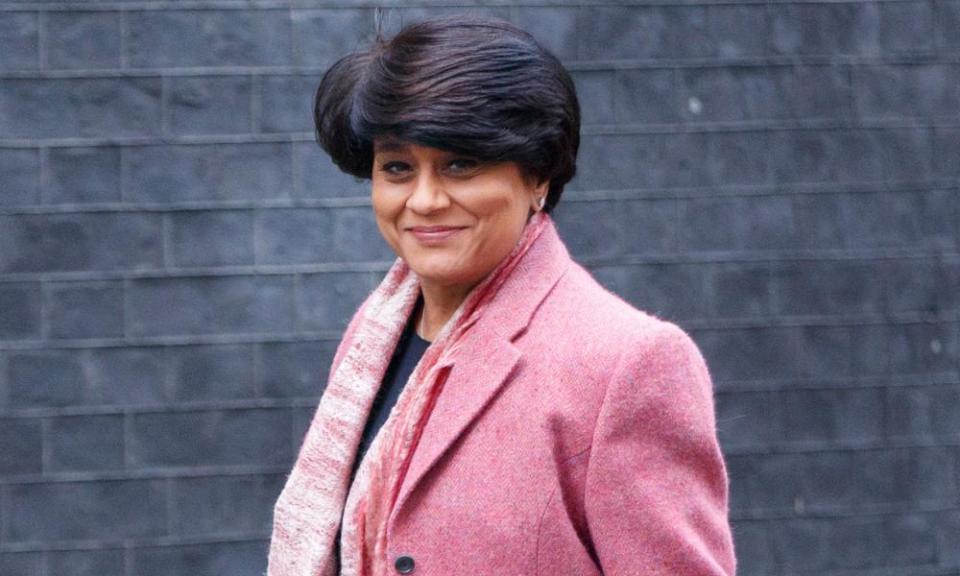
Vadera, one of Gordon Brown’s closest advisers, helped push through the post-Lehman banking bailout. Reflecting on that time, the life peer has said Lehman set off events that seemed uncontrollable. Since leaving the government she has become one of the most powerful women in the City. As well as chairing Santander’s UK business she is a director of FTSE 100 companies BHP Billiton and AstraZeneca and has other advisory roles. Vadera, who is 56, has been mentioned as a possible successor to Mark Carney as governor of the Bank of England but an abrasive style could weigh against her.
THE BANK GOVERNOR
Mervyn King
Then: Bank of England governor
Now: academic and adviser to Citigroup
King was accused of reacting slowly to the financial crisis at first but Lehman changed all that. After supporting the October 2008 UK bank bailout the Bank under King slashed interest rates close to zero and was part of a coordinated response to introduce quantitative easing to shore up the economy.
King, now 70, retired from the Bank in 2013 and became a life peer. The Aston Villa fan had a two-month stint on the football club’s board in 2016. King is a professor at the London School of Economics and New York University and a trustee of the National Gallery. Surprisingly for a fierce critic of banks, he is also an adviser to Citigroup. He has been relatively upbeat about Brexit but last week said the government’s preparations were incompetent.
THE MAN WHO MADE $1bn
Steve Eisman
Then: fund manager at FrontPoint Partners
Now: fund manager at Neuberger Berman
When Lehman collapsed it sparked the market rout Eisman had been waiting for – and betting on. The maverick investor made $1bn betting against the banks, including Lehman, and the bundled up mortgage bonds on their balance sheets. His story was turned into a book, The Big Short, and then a film of the same name in which his character was played by Steve Carell. Eisman, 56, has not repeated his spectacular success but his views continue to attract attention. Recently he has warned that cryptocurrencies have no purpose and has placed bets against the Canadian housing market, US car loans and Tesla, the electric carmaker.
THE BRITISH BANK BOSSES
Fred Goodwin
Then: chief executive of Royal Bank of Scotland
Now: retired
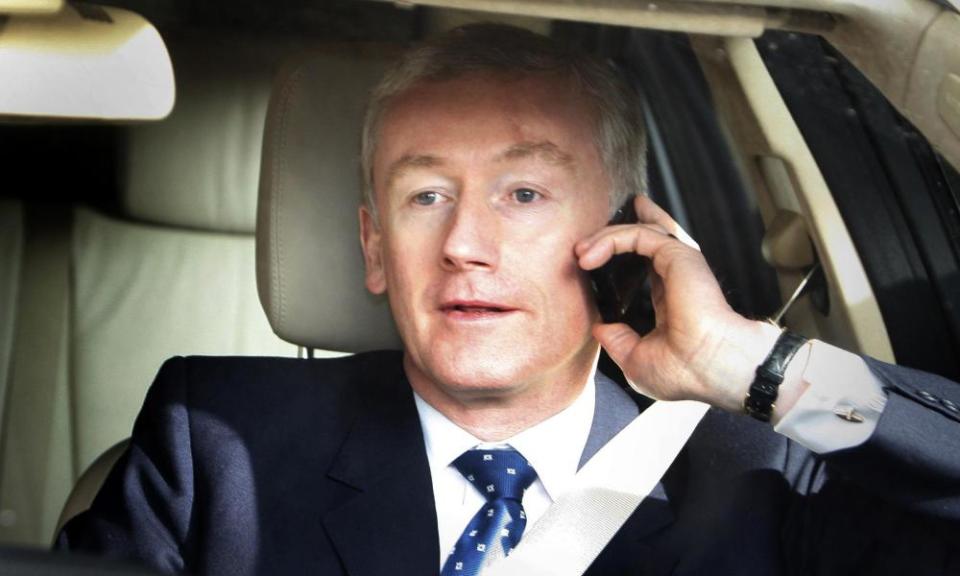
The government spent £45bn rescuing RBS after Lehman’s bankruptcy and Goodwin became a symbol of all that was wrong in banking. In 2012 he was stripped of his knighthood and a stint as an adviser to a firm of architects came to an end less than a year after his appointment. Goodwin, however, kept his multimillion-pound bonuses from RBS and receives a £350,000-a-year pension from the bank. Aged 60, he continues to circulate among sections of Edinburgh’s elite.
Eric Daniels
Then: chief executive of Lloyds TSB
Now: director of Funding Circle
When Lloyds rescued HBOS after the Lehman collapse, Daniels, a US banker, presented the deal as a unique chance for Lloyds to dominate retail banking. In the event the losses Daniels had expected from the HBOS deal were a huge underestimate.
He left Lloyds in 2011 with a £5m pension pot and won a case against Lloyds, reclaiming a withheld bonus of up to £1.4m. Now 67, Daniels has racked up an array of advisory jobs and directorships, including at Funding Circle, a platform that links those with money to lend to small business needing to borrow. Last week it announced plans to float on the London stock exchange. His stake in the business could be worth some £3m.
Andy Hornby
Then: chief executive of HBOS
Now: joint chief operating officer of GVC Holdings
Hornby was a whiz-kid of British business who was a high-flyer at Asda before becoming a senior executive at the Halifax aged only 32. By the time he was 39 he was chief executive of HBOS – but two years later, after the Lehman collapse, the bank had to be rescued by Lloyds. In 2013 the Banking Standards Commission judged that Hornby, along with two other HBOS bosses, had been guilty of a “colossal failure of management”.
Only a year after the HBOS crisis Hornby was back in business
Only a year after the HBOS crisis, however, Hornby was back in business, as the £1m-a-year chief executive of health and beauty business Alliance Boots, and in 2011 he was appointed the boss of Coral, the bookmaker. Coral is now owned by publicly traded GVC but Hornby is not on the main board and stays out of the limelight. He is also chairman of an online pharmacy business.
Now 51, Hornby, could still face action by the Financial Conduct Authority – the financial industry watchdog – over the bank’s failure.

 Yahoo Finance
Yahoo Finance 